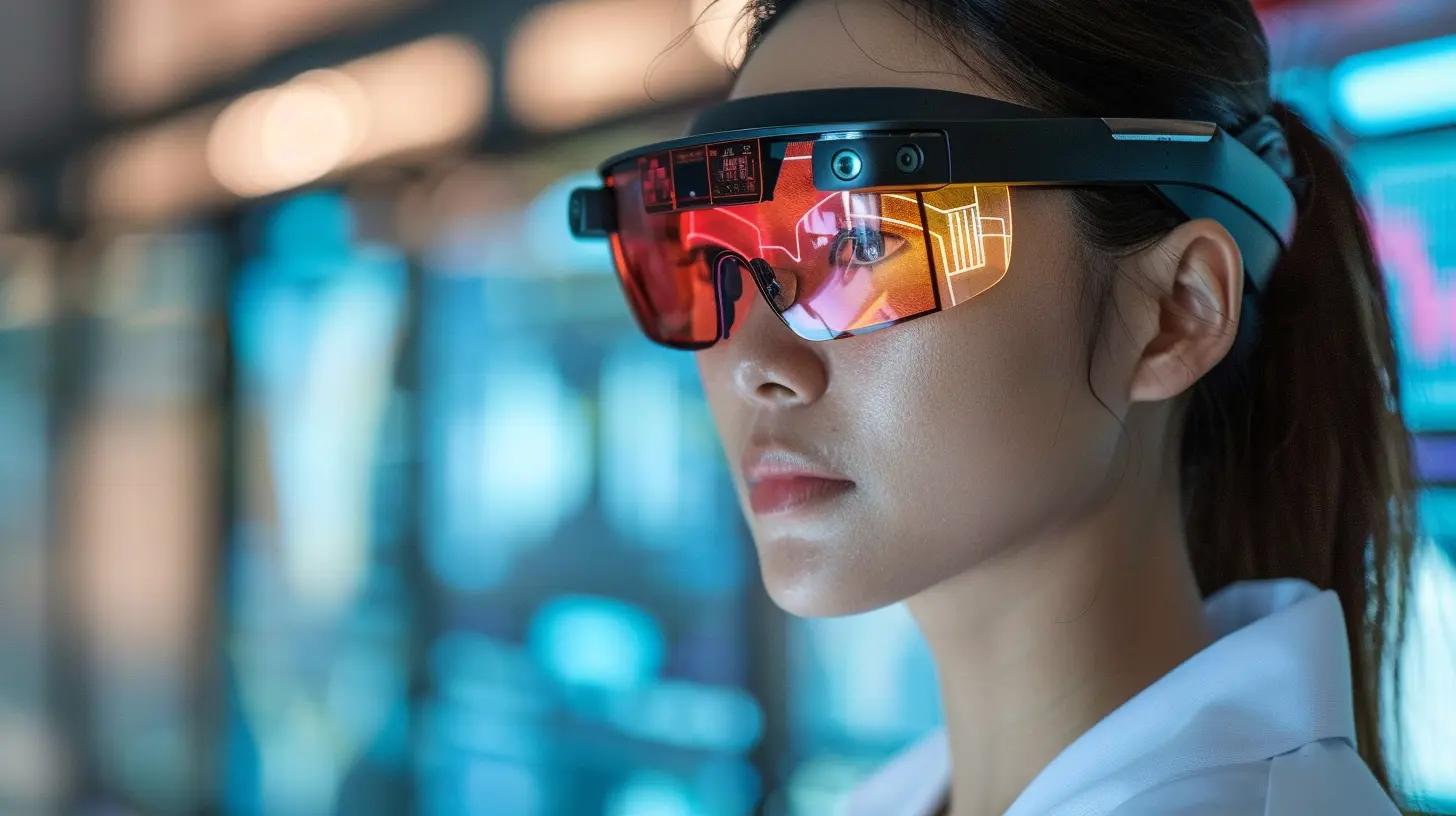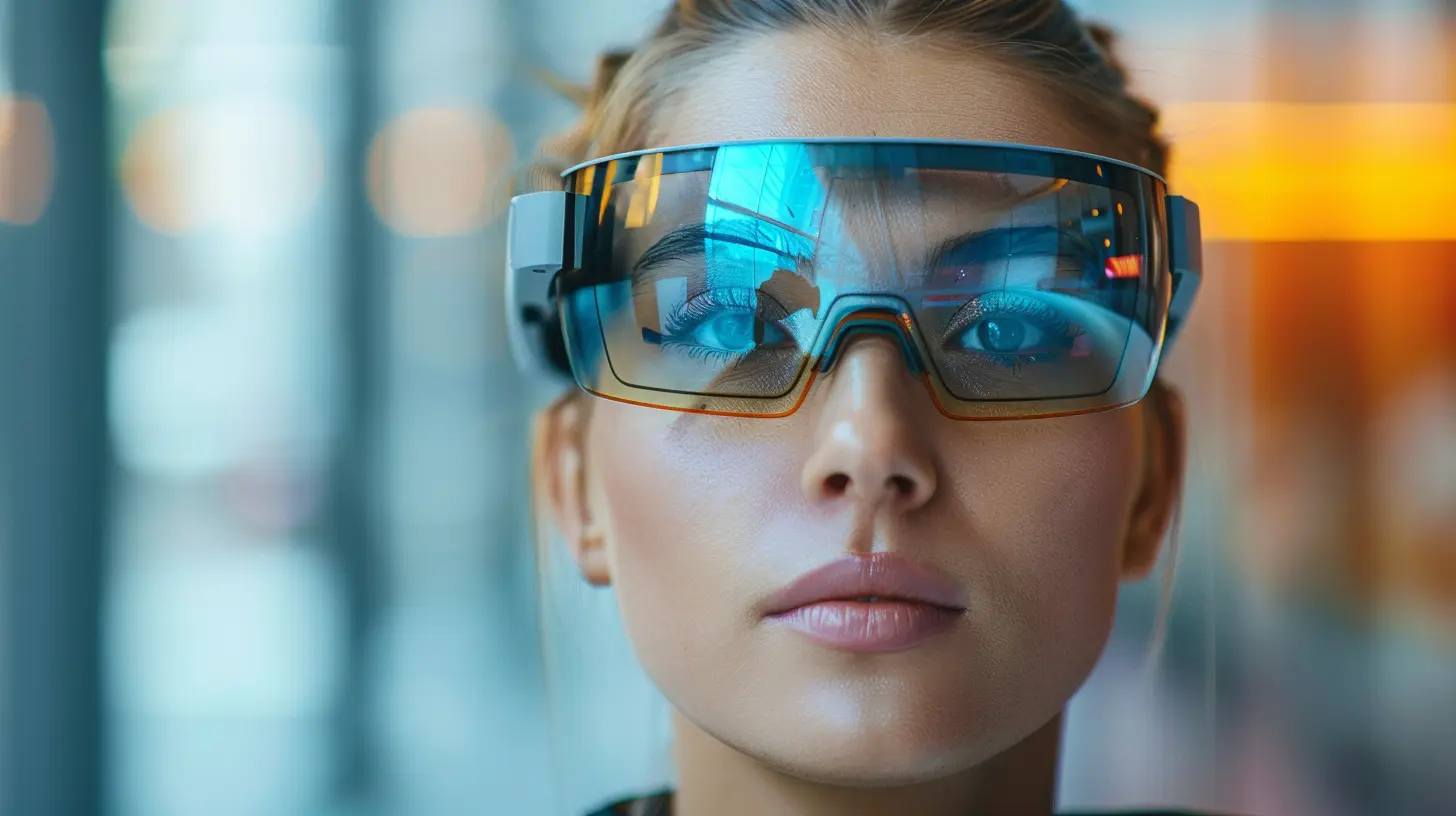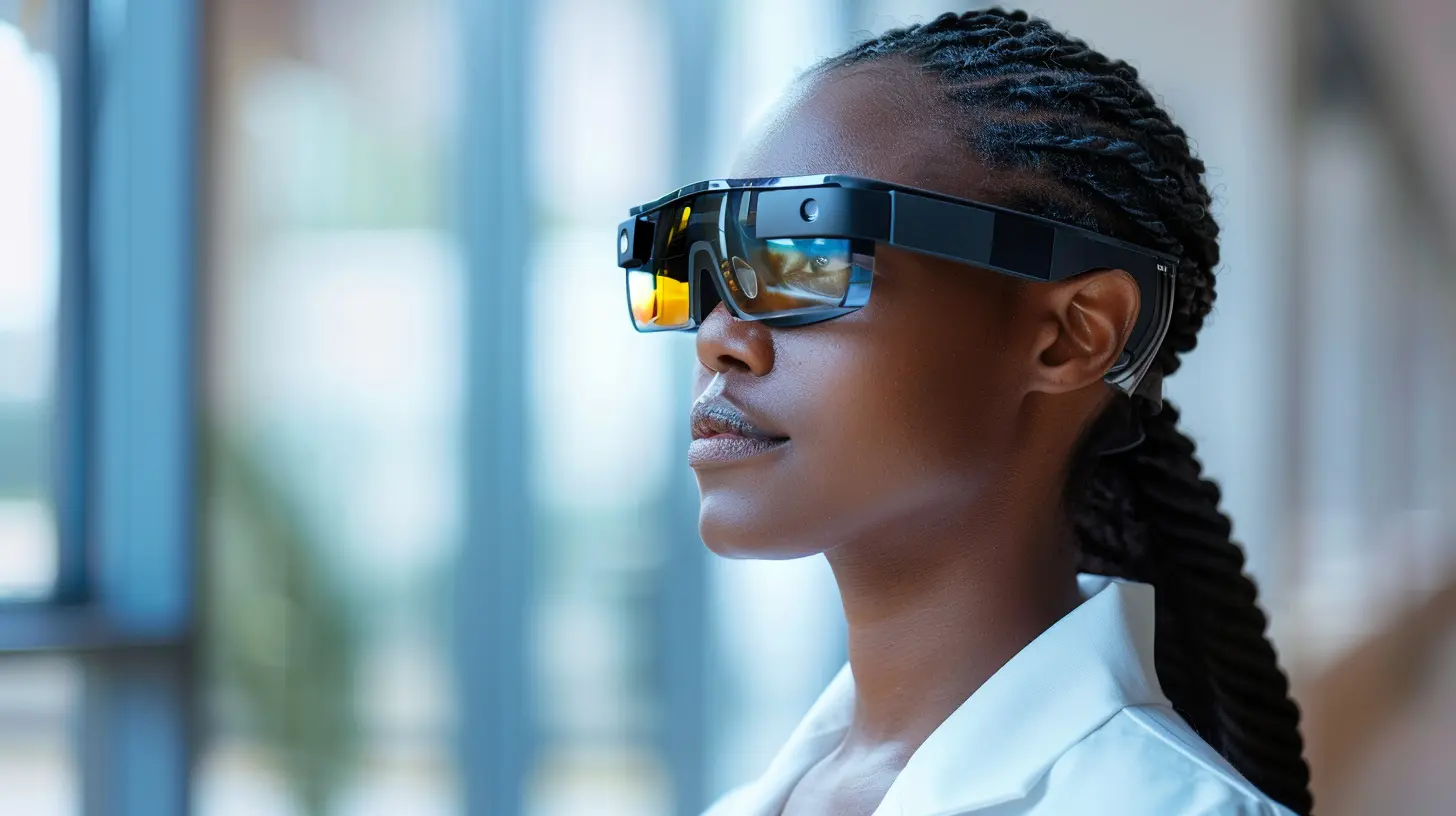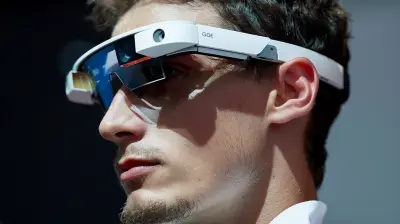The Role of AR Glasses in Modern Healthcare
3 June 2025
Technology is constantly revolutionizing how we live, work, and even heal. One of the most exciting developments in the medical field today is Augmented Reality (AR) glasses. No longer confined to futuristic sci-fi movies, AR glasses are making a real impact in hospitals, clinics, and even at home.
But what exactly are AR glasses doing for healthcare? Can they really make a difference in the way doctors perform surgeries or how patients manage chronic diseases? Let’s break it down and see how this futuristic technology is reshaping modern medicine.

What Are AR Glasses?
Before diving into their healthcare applications, let’s clear up what AR glasses actually are.AR glasses are wearable devices equipped with transparent displays that overlay digital content on the real world. Unlike Virtual Reality (VR), which immerses users in an entirely digital environment, AR enhances reality by layering helpful information onto what you see. Think of them as a high-tech version of smart glasses that can display 3D models, medical records, instructions, or even guide surgeons in real time.
Now, let’s explore how these futuristic glasses are becoming invaluable tools in healthcare.

AR Glasses in Surgery
1. Enhancing Precision in Complex Procedures
Imagine a surgeon performing a delicate operation—perhaps brain surgery, where every millimeter counts. AR glasses allow them to see real-time 3D scans of a patient’s anatomy, aligning them perfectly with the physical body. This reduces guesswork and helps ensure procedures are as precise as possible.For instance, in orthopedic surgery, AR glasses can guide doctors by mapping the exact placement of implants before they even make an incision. The result? More accurate operations, fewer mistakes, and faster recovery times for patients.
2. Hands-Free Access to Patient Data
Traditionally, surgeons need to glance at monitors or charts to check vital information during a procedure. With AR glasses, they can access patient data, X-rays, and surgical guides right in their field of view. This keeps them focused on the patient while reducing the need for unnecessary interruptions.3. Assisting in Remote Surgeries
Telemedicine has come a long way, and AR glasses are taking it one step further. With 5G and high-speed connectivity, experienced surgeons can now guide less-experienced doctors remotely, providing real-time instructions as if they were right there in the operating room. This is particularly useful for rural or underdeveloped areas that lack specialized medical expertise.
AR Glasses in Medical Training
Medical students have traditionally learned through textbooks, cadavers, and observation. But AR glasses are changing the game by offering an immersive, hands-on learning experience.1. Virtual Dissections and Anatomy Lessons
Instead of relying solely on cadavers, students can wear AR glasses to interact with 3D models of human anatomy. They can peel back layers, zoom in on organs, and see how different body systems work together—all in a highly interactive way. This makes learning more engaging and effective.2. Simulated Emergency Scenarios
Emergency situations require quick thinking and precise actions, but practicing on real patients isn't always possible. AR glasses can create realistic emergency simulations, helping students develop the skills they need to perform under pressure. This kind of training is invaluable for doctors, nurses, and paramedics.
AR Glasses for Diagnosing Patients
1. Live Diagnostic Assistance
Doctors often rely on medical imaging, like MRIs and CT scans, to diagnose conditions. AR glasses can superimpose these images directly onto a patient’s body, making it easier to identify abnormalities and plan treatments.For example, a cardiologist using AR glasses can map out a patient’s veins and arteries before performing a catheterization procedure, making the process smoother and safer.
2. Speeding Up Triage in Emergency Rooms
Emergency rooms are chaotic, and quick decision-making can save lives. AR glasses can assist by instantly displaying a patient's medical history, allergies, and current medications as soon as they arrive. This speeds up the triage process and ensures faster, more informed care.AR Glasses in Physical Therapy and Rehabilitation
Recovering from an injury or surgery can be a tough, often frustrating process. AR glasses are making therapy more engaging and helping patients stick to their treatment plans.1. Gamifying Physical Therapy
Rehab exercises can be boring and repetitive, leading many patients to give up before they see results. AR glasses gamify the process by turning exercises into interactive challenges. Patients can see real-time progress tracking, making therapy more motivating and enjoyable.2. Assisting Stroke Recovery
Stroke survivors often need to retrain their brains and muscles to regain mobility. AR glasses can provide step-by-step guidance for exercises, ensuring patients perform them correctly and consistently. This technology is even being used for cognitive rehabilitation, helping patients relearn speech and memory skills.
AR Glasses for Patient Care and Remote Monitoring
Chronic conditions like diabetes, heart disease, and asthma require constant monitoring. But patients don’t always have access to healthcare professionals 24/7. That’s where AR glasses bridge the gap.1. Remote Consultations and Real-Time Guidance
Patients can wear AR glasses for virtual appointments, allowing doctors to see what they see in real time. Whether it’s guiding a diabetic patient through insulin injections or instructing someone on wound care, AR makes remote consultations much more effective.2. Medication Management
Forgetting to take medication or taking the wrong dose is a common issue, especially among the elderly. AR glasses can remind patients when and how to take their meds, even displaying visual instructions to minimize confusion.The Future of AR Glasses in Healthcare
While AR glasses are already making waves in medicine, the potential for future applications is even more exciting. With advancements in AI and machine learning, AR glasses could eventually:- Detect early signs of diseases by analyzing patient symptoms in real time
- Assist blind or visually impaired individuals by narrating surroundings
- Improve mental health treatment by offering real-time therapy support
As the technology gets cheaper and more advanced, we may soon see AR glasses becoming as essential in healthcare as stethoscopes and MRI machines.
Challenges and Limitations
Of course, every new technology comes with challenges. AR glasses in healthcare face hurdles such as:- High costs – Not all hospitals and clinics can afford the latest AR technology.
- Privacy concerns – Storing and accessing patient data via AR glasses could raise security issues.
- Learning curve – Not all medical professionals are tech-savvy, and training can take time.
But as these issues get addressed, the adoption of AR glasses in healthcare will undoubtedly continue to grow.
Final Thoughts
AR glasses are not just a futuristic gimmick—they’re a game-changer in modern healthcare. From assisting in surgeries and diagnoses to transforming medical education and patient care, their impact is undeniable.As the technology evolves, AR glasses will only become more accessible, efficient, and indispensable. So, the next time you visit a hospital, don’t be surprised if your doctor is wearing a pair of high-tech AR glasses—because the future of medicine is already here.
all images in this post were generated using AI tools
Category:
Ar GlassesAuthor:

Gabriel Sullivan
Discussion
rate this article
3 comments
Tracie Rios
“AR glasses are a game-changer in healthcare—bringing innovation right to the doctor's face!”
June 20, 2025 at 2:40 AM

Gabriel Sullivan
Absolutely! AR glasses offer real-time data and visualization, enhancing decision-making and patient care directly at the point of treatment.
Valerie Adkins
This article provides insightful perspectives on AR glasses in healthcare. It's fascinating to see how technology can enhance patient care and medical training. Thank you!
June 5, 2025 at 4:26 AM

Gabriel Sullivan
Thank you for your kind words! I'm glad you found the article insightful. AR technology truly has the potential to transform healthcare.
Remington Morales
Great article! It's fascinating to see how AR glasses are transforming healthcare. Their potential to enhance patient care and streamline procedures is truly impressive. I'm excited to see how this technology evolves and improves the lives of both patients and medical professionals.
June 3, 2025 at 2:51 AM

Gabriel Sullivan
Thank you! I'm glad you found it fascinating. The potential of AR glasses in healthcare is indeed exciting, and I look forward to seeing their impact unfold!



